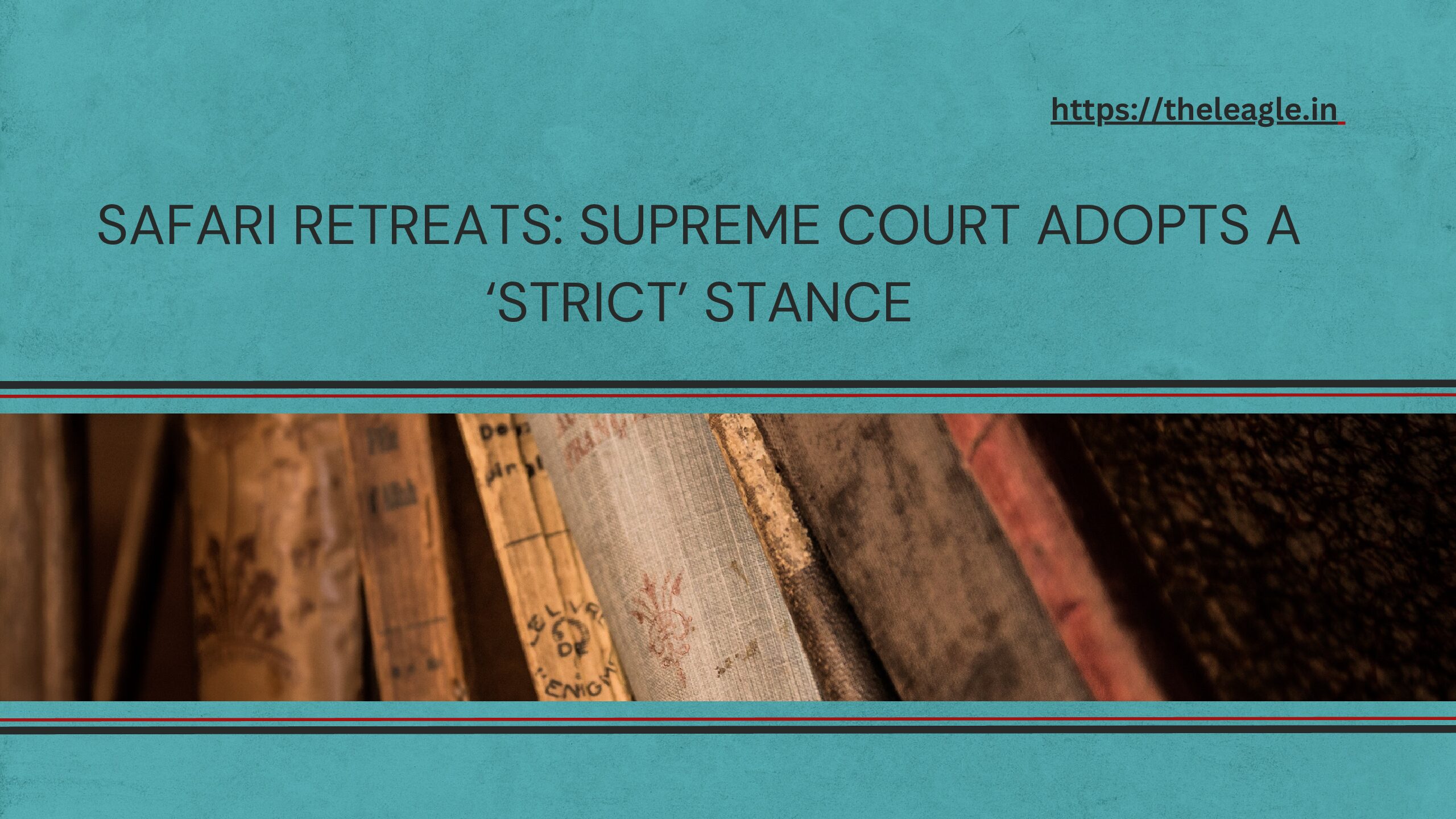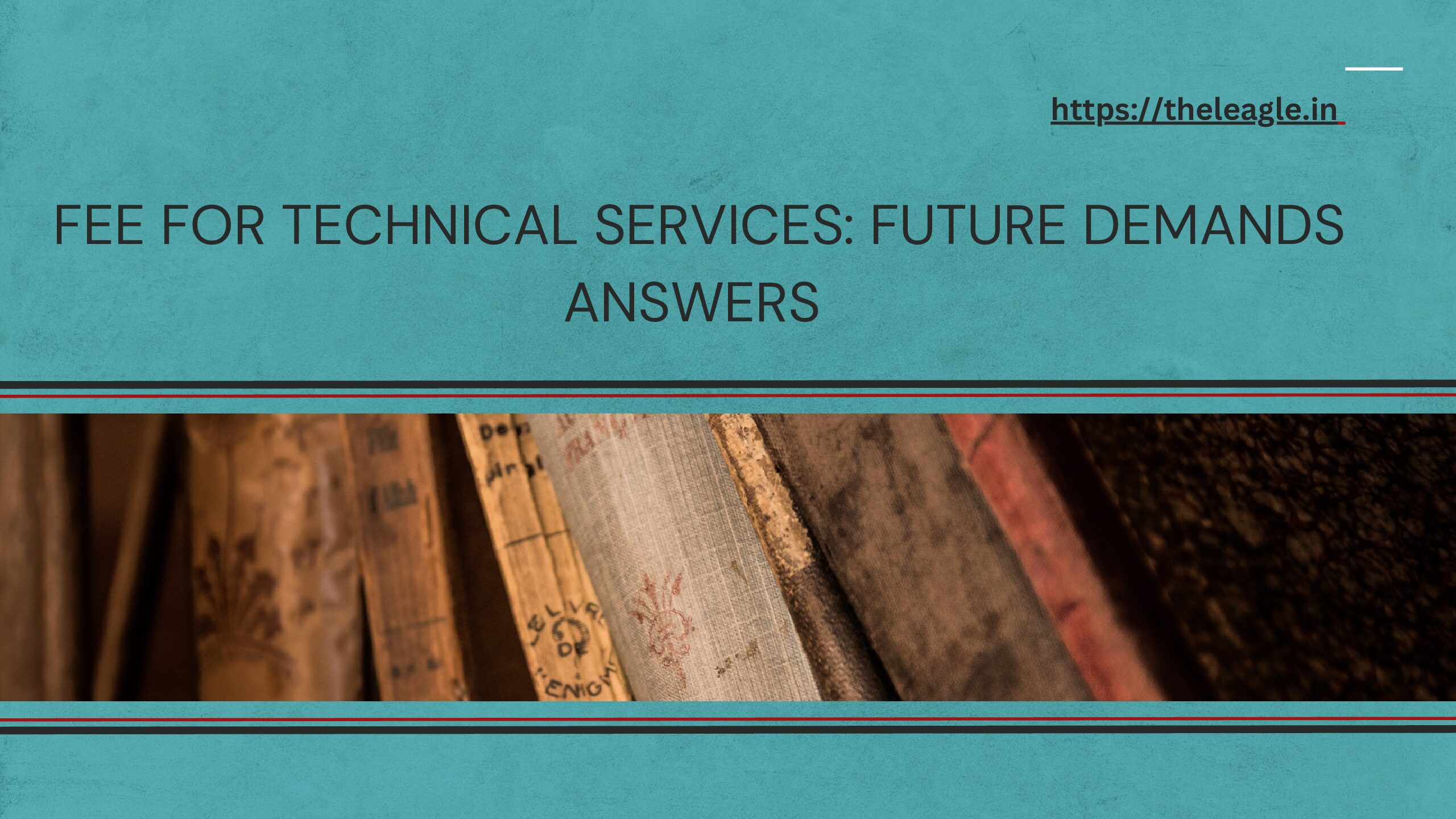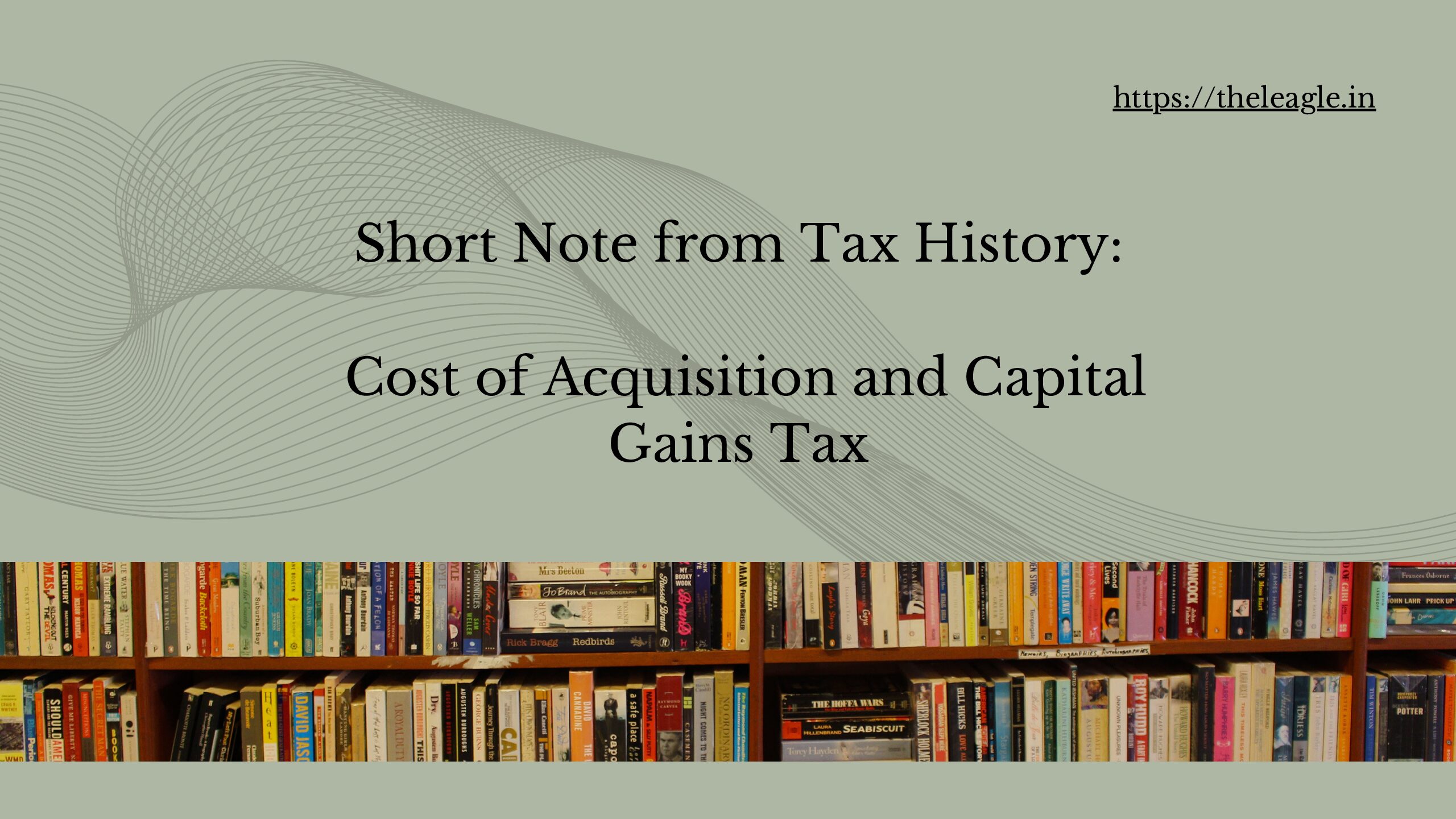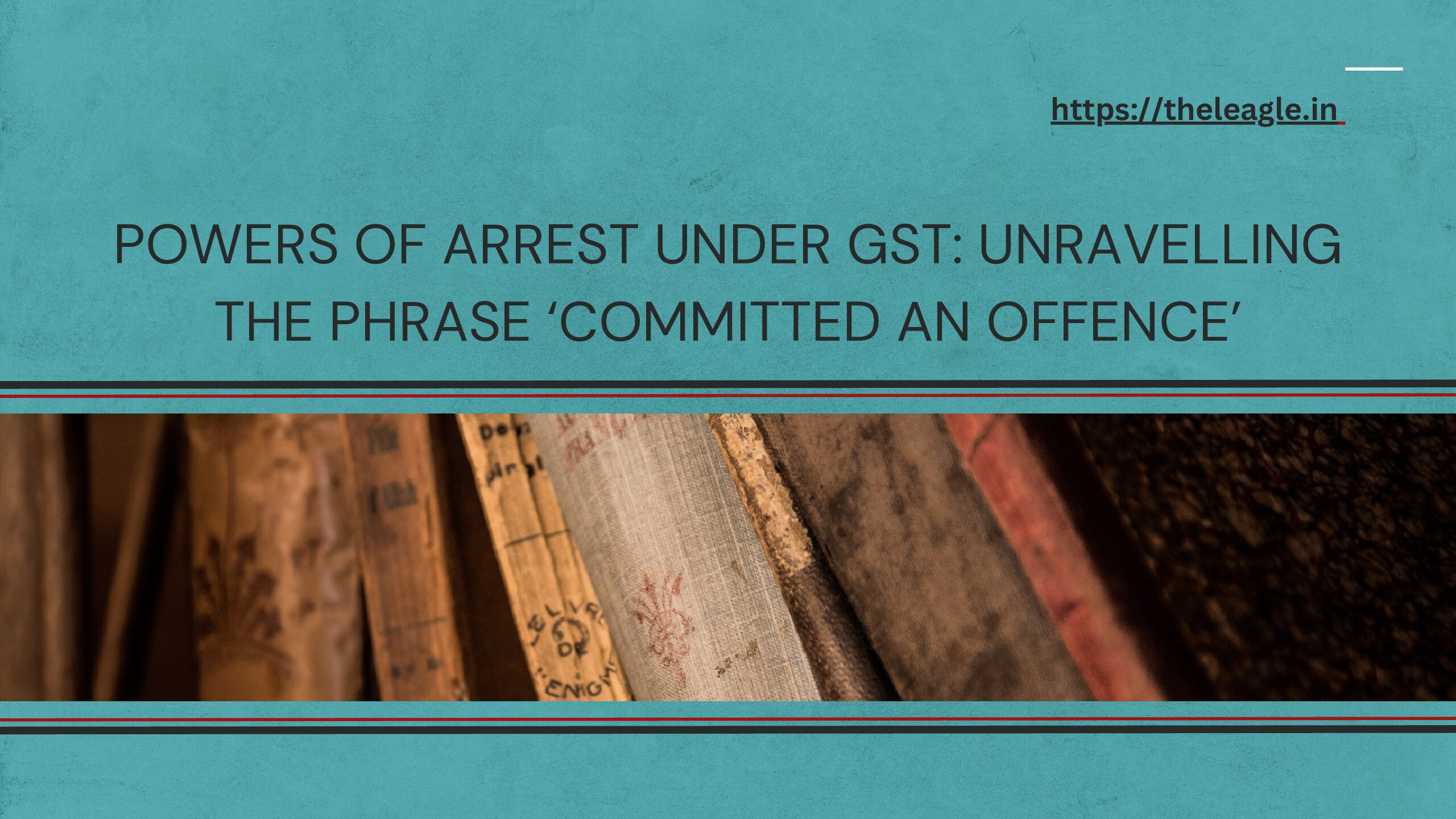The Supreme Court pronounced its judgment in the Safari Retreats case a few days ago. The judgment involved interpretation of Section 17(5), CGST Act, 2017, specifically clauses (c) and (d) read with two Explanations contained in the Section. The judgment has been greeted with a mixed response by tax community with some commending the Supreme Court for adhering to strict interpretation of tax statutes while others criticizing it for misreading the provision and by extension legislative intent. While a lot of ink has already been spilled in writing comments on the judgment, I think there is room for one more view.
In this article, I describe the judgment, issues involved and argue that the Supreme Court in the impugned judgment identified the issue clearly, applied the doctrine of strict interpretation of tax statutes correctly, and any criticism that the Court misread legislative intent doesn’t have strong legs. At the same time, the judgment is not without flaws. Finally, it is vital to acknowledge that the judgment is an interpretive exercise in abstract as it didn’t decide the case on facts and remanded the matter to the High Court with instructions to decide the matter on merit ‘by applying the functionality test in terms of this judgment.’ (para 67) It is in application of the functionality test where implications of the impugned judgment will be most visible.
Introduction
The writ petition before the Supreme Court was a result of Orissa High Court’s decision wherein it read down Section 17(5)(d). I’ve discussed the High Court’s judgment here, but I will recall brief facts of the case for purpose of this article: the petitioner was in the business of construction of shopping malls. During construction, the petitioner bought raw materials as inputs and utilized various input services such as engineering and architect services. The petitioner paid GST on the inputs and input services. In the process, the petitioner accumulated Input Tax Credit (‘ITC’) of Rs 34 crores. After completion of construction of the shopping mall, the petitioner rented premises of the shopping mall and collected GST from the tenants. The petitioner was not allowed to claim ITC against the GST collected from the tenants. The Revenue Department invoked Section 17(5)(d), CGST Act, 2017 to block the petitioner’s ITC claim. It is worth reproducing the relevant Section 17(5)(d) and (e), as they form nucleus of the impugned judgment.
17. Apportionment of credit and blocked credits.—
(5) Notwithstanding anything contained in sub-section (1) of section 16 and sub- section (1) of section 18, input tax credit shall not be available in respect of the following, namely:—
(c) works contract services when supplied for construction of an immovable property (other than plant and machinery) except where it is an input service for further supply of works contract service;
(d) goods or services or both received by a taxable person for construction of an immovable property (other than plant or machinery) on his own account including when such goods or services or both are used in the course or furtherance of business.
Explanation.––For the purposes of clauses (c) and (d), the expression ―construction includes re-construction, renovation, additions or alterations or repairs, to the extent of capitalisation, to the said immovable property;
Another Explanation is appended to Section 17, after Section 17(6), which states as follows:
Explanation.––For the purposes of this Chapter and Chapter VI, the expression ― “plant and machinery”means apparatus, equipment, and machinery fixed to earth by foundation or structural support that are used for making outward supply of goods or services or both and includes such foundation and structural supports but excludes—
- (i) land, building or any other civil structures;
- (ii) telecommunication towers; and
- (iii) pipelines laid outside the factory premises.
The Revenue’s argument was that the petitioner constructed an immovable property, i.e., a shopping mall on his own account and ITC in such a situation is blocked under Section 17(5)(d). The Orissa High Court read down Section 17(5)(d) and allowed the petitioner to claim ITC by reasoning that denial of ITC would lead to cascading effect of taxes. The High Court crucially did not examine if the shopping mall could be categorized in the exemption of ‘plant or machinery’. While the High Court’s judgment is not an exemplar of legal reasoning, it triggered a debate on the permissibility of petitioner’s ITC claim and the Supreme Court has clarified some issues through its judgment.
Arguments
Petitioners
The Supreme Court, in the initial pages of the judgment, laments that the arguments in the case were repetitive and cajoles lawyers to make brevity their friend. (para 6) I will try and summarise the arguments from both sides by paying heed to the above suggestion.
Petitioners argued that denial of ITC under Section 17(5)(d) amounted to treating unequals equally. Petitioners argued that renting/leasing of immovable property cannot be treated the same as sale of immovable property. There is no intelligible differentia since the transactions are different. Latter does not attract GST while the former is subject to GST. There is no break in chain in case of petitioners since both input and output are taxable under GST and blocking of ITC will lead to cascading effect of taxes and defeat a core objective of GST. It was further argued that the provision suffered from vagueness since the phrase ‘on its own account’ was not defined, and use of two different phrases – ‘plant or machinery’/ ‘plant and machinery’ – and their meanings were not sufficiently clarified by the legislature.
A ‘three-pronged’ argument of the petitioner stated that claim of ITC could be allowed without reading down Section 17(5)(d). The three prongs were:
First, clause (d) exempts ‘plant or machinery’ from blocked credit while the Explanation after Section 17(6) is applicable to ‘plant and machinery’. Thus, the Explanation is inapplicable to the clause (d). This point is further underlined by use of the phrase ‘plant or machinery’ in clause (c) indicating that the two phrases – ‘plant and machinery’/‘plant or machinery’ are different. Explanation to Section 17(6) effectively states that land, building and other civil structure cannot form ‘plant and machinery’; if the Explanation cannot be applied to clause (d) a building such as a shopping mall can be categorized as a ‘plant’ on which ITC is not blocked.
Second, it was argued that malls, hotels, warehouses, etc. are plants under Section 17(d). Stressing on strict interpretation of statutes and need to avoid cascading effect of taxes, the petitioners specifically added that the term ‘plant’ should include buildings that are an ‘essential tool of the trade’ with which the business is carried on. But, if it is merely a ‘setting within which the business’ is carried on, then the building would not qualify as a plant.
Third, it was argued that supply of service under Section 7 of CGST Act, 2017 read with Clause 2 of Schedule II includes leasing and renting of any building including a commercial or residential complex. And ITC accumulated on construction of such property should be available against such service. This argument seems to address the issue of blocking of ITC under Section 17(5) indirectly and advocated for a seamless availability of ITC. But this argument side steps the fact that a transaction can amount to supply under Section 7, and yet ITC on it can be blocked under Section 17.
The first argument though was the most crucial argument, as the latter part of this article will examine.
The State
The State’s arguments oscillated from sublime to the ridiculous. The State argued that classification of the petitioners with assessees who constructed immovable property and sold it was based on intelligible differentia. And the intelligible differentia was that both kinds of asssessees ‘created immovable property’. The State also mentioned that there was a break in the chain of tax, but this is not true for petitioner since renting of premises in the shopping mall was taxable. The petitioners were paying GST on their inputs and collecting GST on the output, i.e., renting of premises of shopping mall. The break in tax chain, as the petitioners rightly argued was only when an immovable property is sold after receiving a completion certificate as in such transactions output is not subject to GST. Further, State stressed that ITC is not a fundamental or a constitutional right and thus State has the discretion to limit the availability/block ITC. While ITC not being a right is now a well-established legal position, the State’s justification for blocking ITC in this case lacked an express and cogent reason.
The State further argued, unsuprisingly, that the phrase ‘plant or machinery’ should be interpreted to mean ‘plant and machinery’. As per the State, it was not uncommon to interpret ‘or’ to mean ‘and’. I’m terming this argument as unsurprising because this is not a novel argument in taxation matters and the State even had a few authorities to back this view. The State though did admit that the phrase ‘plant or machinery’ occurs only once in Chapters V and VI of the CGST Act, 2017 while the phrase ‘plant and machinery’ occurred ten times. The existence of both phrases in the CGST Act, 2017 proved crucial in the final view taken by the Supreme Court that both phrases have a different meaning. Finally, the State also cited ‘revenue loss’ as a reason for disallowing ITC. It was argued that the petitioner could claim ITC while renting/leasing the mall, but the mall would be sold after 5 or 6 years and on such sale no GST would be paid since GST is not payable on sale of immovable property sold after receiving a completion certificate. This would cause a loss to the exchequer. This again is a curious argument: if sale of immovable property does not attract GST as per the legal provisions, how can non-payment of GST in such cases cause a ‘loss’ to exchequer? Further, if blocking of ITC is done to prevent such a ‘loss’ then it defeats a central purpose of GST as a value-added tax.
Despite the voluminous arguments, if one were to identify the core issue in the judgment, it would be whether ‘or’ can mean ‘and’ and further whether a shopping mall could be termed as a ‘plant’. Supreme Court said answered the former in negative and the latter is to be decided by the High Court based on facts of the case and by applying the ‘functionality test’ endorsed by the Supreme Court.
Supreme Court’s conclusion is based on two pillars: first, reiteration and clear articulation of the elements of strict interpretation of statutes; second, reliance on a variety of judicial precedents to endorse the functionality test.
First Pillar of the Judgment: Strict Interpretation of Tax Statutes
To begin with, strict interpretation of tax statutes is a principle that is followed universally and adhered to in most jurisdictions including India. The principle can be summarized can be expressed in a thesis length and has various nuances. In the context of impugned judgment, the Supreme Court highlighted summarized the core principles as: a taxation statute must be interpreted with no additions or subtractions; a taxation statute cannot be interpreted on any assumption or presumption; in the fiscal arena it is not the function of the Court to compel the Parliament to go further and do more and there is nothing unjust if a taxpayer escapes the letter of law due to failure of the legislature to express itself clearly. (para 25)
Second, while Courts in various judgments have stated that taxation statutes should be interpreted strictly, they have failed to apply the said principle in its true sense. But in the impugned judgment we see a correct application of the strict interpretation principle as evidenced in the following observations of the Supreme Court:
The explanation to Section 17 defines “plant and machinery”. The explanation seeks to define the expression “plant and machinery” used in Chapter V and Chapter VI. In Chapter VI, the expression “plant and machinery” appears in several places, but the expression “plant or machinery” is found only in Section 17(5)(d). If the legislature intended to give the expression “plant or machinery” the same meaning as “plant and machinery” as defined in the explanation, the legislature would not have specifically used the expression “plant or machinery” in Section 17(5)(d). The legislature has made this distinction consciously. Therefore, the expression “plant and machinery” and “plant or machinery” cannot be given the same meaning. (para 44)
The Supreme Court in making the above observations clarified that interpreting ‘plant or machinery’ to mean same as ‘plant and machinery’ would amount to doing violence to words in the statute and in interpreting tax statutes, the Courts cannot supply deficiencies in the statute. Dominant part of the reasoning for above conclusion was derived from adherence to strict interpretation, but also that the phrase ‘plant and machinery’ occurred ten times in Chapter V and VI of the CGST Act, 2017 while the phrase ‘plant or machinery’ occurred only once indicating that the legislature intended to use different phrases at different places. Also, the Supreme Court noted that even if use of ‘or’ was a mistake the legislature had ample time since the High Court’s judgment to intervene and correct the error, but it had not done so. Hence, the assumption should be that use of the phrase ‘plant or machinery’ was not a mistake. The bulk of the reasoning though did come from principles of strict interpretation. Both, Supreme Court’s summary of principles of strict interpretation of tax statutes and its application to Section 17(5)(d) read with Explanation to Section 17(6) are a perfect example of crisp articulation of a principle and its application.
Second Pillar of the Judgment: Functionality Test
Once the Supreme Court concluded that the phrase ‘plant or machinery’ is distinct from ‘plant and machinery’, it had to interpret meaning and scope of the former phrase since only the latter was defined under Explanation to Section 17(6). The Supreme Court clarified that the expression ‘immovable property other than plant or machinery’ used in Section 17 shows that a plant could be an immovable property. And in the absence of a definition of ‘plant’ in CGST Act, 2017 meaning of the word in commercial sense will have to be relied on. The Court cited a series of precedents where the word ‘plant’ had been interpreted and the ‘functionality test’ had been laid down. Clarifying the import of various precedents, the Supreme Court borrowed the language from previous judicial decisions and expressed the functionality test in following terms:
… if it is found on facts that a building has been so planned and constructed as to serve an assessee’s special technical requirements, it will qualify to be treated as a plant for the purposes of investment allowance. The word ‘plant’ used in a bracketed portion of Section 17(5)(d) cannot be given the restricted meaning provided in the definition of “plant and machinery”, which excludes land, buildings or any other civil structures … To give a plain interpretation to clause (d) of Section 17(5), the word “plant” will have to be interpreted by taking recourse to the functionality test. (para 52)
While the functionality test expressed above provides broad guidelines, there is enough in the test to cause tremendous confusion and uncertainty once it is applied to varied fact situations. For example, the Supreme Court itself clarified that the Orissa High Court did not decide if the shopping mall of the petitioner was a ‘plant’ and the High Court needs to answer the question determine if ITC will be blocked. But even if the petitioner’s shopping mall is held to constitute a plant, it would not mean that all shopping malls will receive similar treatment. Because the Supreme Court clearly says:
‘Each mall is different. Therefore, in each case, fact-finding enquiry is contemplated.’ (para 56)
The answer on applying the functionality test would depend on facts of each case and similar buildings can be labelled as a plant or not depending on factual variations. While the Supreme Court has clarified that the functionality test is the appropriate framework to determine the eligibility for ITC in the impugned case and other similar cases, the application of it has been left to the High Court for now. Only once several such cases are decided, will be know if coherence is emerging in the interpretation and application of the functionality test. But since the functionality test is highly fact sensitive, we should expect varied answers depending on the underlying fact situation.
Finally, the Supreme Court helpfully did clarify the import and ratio of the precedents on this issue mostly notably Anand Theatres judgment. In Anand Theatres case, the issue was whether a building which is used for running a hotel or a cinema theatre can be considered as a tool for business and thus a plant for purpose of allowing depreciation under the IT Act, 1961. The Court answered in the negative, but a later decision in Karnataka Power Corporations judgment limited the decision in Anand Theatres case to only cinemas and hotels. The Supreme Court in the impugned judgment also made it amply clear that Anand Theatres case was only applicable for hotels and cinema theatres and could not be used to determine if shopping malls, warehouses, or any other building amounts to a plant. In clarifying so, the legal position that emerges is that hotels and cinema theatres are not plants while other buildings are a plant or not needs to be determined by applying the functionality test. This was a welcome clarification since there was confusion as to which decision is relevant and applicable in the context of deciding if a building is a plant or not while applying the functionality test.
Meaning of ‘On Own Account’ Lacks Proper Reasoning
A notable flaw of the judgment, which in my opinion, should be scrutinized in future decisions is the Supreme Court’s explanation of the meaning of ‘own account’. It interpreted the phrase in following terms:
Construction is said to be on a taxable person’s “own account” when (i) it is made for his personal use and not for service or (ii) it is to be used by the person constructing as a setting in which business is carried out. However, construction cannot said to be on a taxable person’s “own account” if it is intended to be sold or given on lease or license. (para 32)
The flaw in the above opinion is that it comes from ‘nowhere’. The latter element of ‘own account’ was the petitioner’s understanding of the phrase. But, in the Supreme Court in reaching this conclusion does not cite any authority or how or why does it agree with this interpretation of the phrase. The paragraphs that precede and succeed the above conclusion are focused on Supreme Court’s analysis that clause (c) and (d) of Section 17(5) are distinct and occupy different territories and its view about meaning of ‘own account’ seems to hang in air with no discernible reason to support it. One could argue that the Supreme Court’s interpretation is a commercial understanding of the phrase, but I doubt if adopting commercial meaning of the phrase can be done without stating reasons for subscribing to it.
Also, the petitioner’s had argued that ‘on own account’ should be restricted to scenarios when a building is used as a setting for carrying out the business, not when it a tool for the business. Supreme Court seems to have endorsed the distinction based on the above cited paragraph. Again, this distinction works well in abstract but applying it to the facts of each case and distinguishing between what is ‘setting for a business’ and what is merely a ‘tool for business’ may not be obvious in each case.
Implications and Way Forward
The implications of the impugned judgment are various. To begin with, the phrase ‘plant or machinery’ does not mean the same as ‘plant and machinery’. A clear and unambiguous application of the doctrine of strict interpretation of tax statutes signals and reiterates the need to adopt this doctrine while interpreting provisions of tax law. At the same time, while the Supreme Court has not inaugurated a new test, it has unambiguously thrown its weight behind a well-established test, i.e., functionality test to determine if a plant or fixture in question is a plant. And judicial decisions that have applied the functionality test in the pre-GST and IT Act, 1961 indicate that uniform answers are unlikely as the query is fact specific and so are the answers. Thus, in the foreseeable future as courts adjudicate on this issue, we should expect varied answers and not a classical coherent and uniform jurisprudence on this issue.



